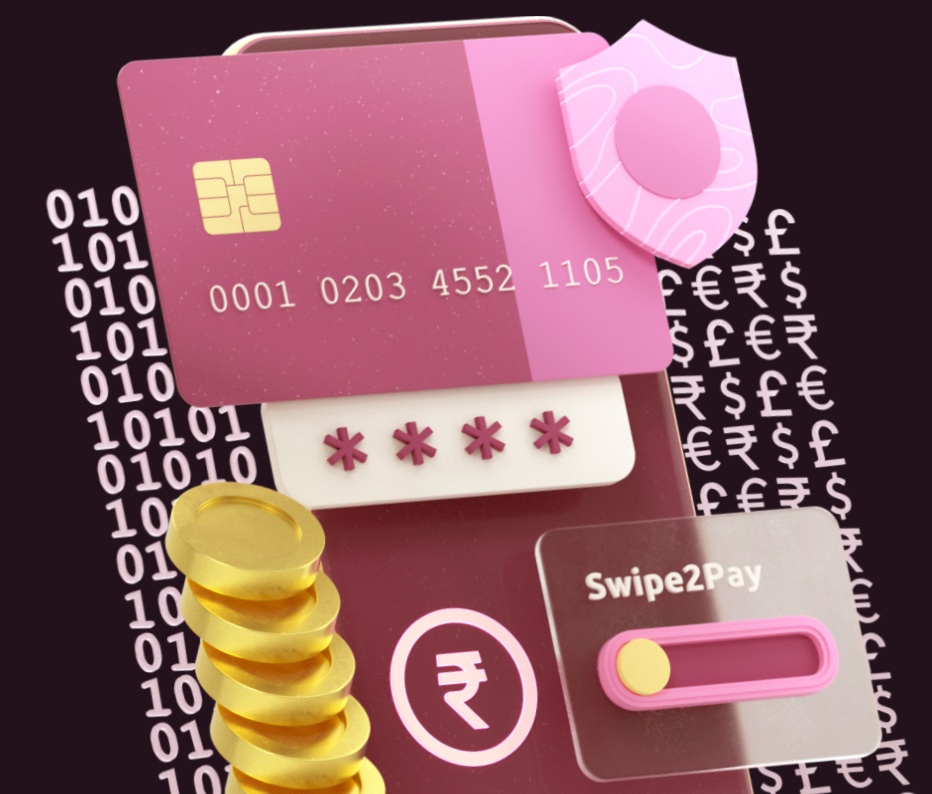Cipher is Zeta’s mobile-first advanced Access Control Server (ACS) that offers seamless and secure payments with best-in-class success rates. Superior integration, risk-based authentication, and superior OTP experience guarantee increased customer stickiness and higher profits. Cipher also offers powerful APIs, advanced SDKs, and innovative features like Swipe2Pay and SuperPIN to provide an unparalleled payment experience.
Cipher does not require or store any payment sensitive data, like Card PAN, Expiry, CVV to perform authentication. It requires minimal data depending on the various modes of authentication you may want to enable.
Cipher CIAM (Customer Identity & Access Management) is a point for multiple Sign In and SSO use cases externally and within Zeta. Cipher CIAM is OAuth 2.0 and Open ID Connect 1.0 compliant. The primary objective of Cipher CIAM is to reduce the complexity of access management by 10X. In this blog, we’ll be covering 3 key concepts:
- Access management in a role-based world
- Cipher CIAM’s approach to access management
- Access management with Cipher CIAM

Without Cipher CIAM
Let’s look at a scenario without Cipher. Consider a hypothetical organization named Theta (a series A funded B2B startup). The company has a prospective client who is interested in their fully cooked product. With a team of talented engineers to handle all the coding requirements, the only thing needed from an authorization standpoint is ensuring access to the repository rests only with the engineering team. They need to ensure that the product can be accessed only by the prospective customer in a secure way. Additionally, if there are exits/additions to the engineering team, the admin i.e founders in this scenario need to ensure access to the repository has been revoked/granted respectively.
Roles within Theta can be divided into admin and developer. Furthermore, roles within the product are divided into admin and users.
As Theta grows in size, they have teams of HR, IT, finance, engineering, and an expanding customer base. The functions within the company have changed over time. HR requiring payroll access translates to the need for an authorization structure. The authorization scope is now isolated as there are groups of customers each requiring a tenant. Each team is further divided into specific roles i.e HR Admin, HR Update, and HR viewer.
Theta decides to launch another product with a new sales and engineering team. This product comes with a unique set of customers. As the company continues its expansion, the roles start getting increasingly complex.
System integrators and mobile app development partners enter the foray at some point, requiring access management. At this stage, Theta delivers products to customers who in turn deliver them to their end-users. Additionally, development partners need to be given access to APIs, specific SDKs, tokens, etc., thus increasing the load on the authentication and authorization system.
Fast forward a few years, Theta decides to go public and begins the process of setting up a team in the US. The company, at this point, has 200+ roles!
Using Cipher CIAM
Enter, Cipher CIAM(Customer Identity and Access Management) approach (previously called Cipher SSO).
Here, we look at how Cipher is about to solve the complexities in roles every time a new set of customers are onboarded.
The improvised journey ….
This is how Theta’s access management would look like on Cipher. For every business unit and functional unit whose access controls need to be assigned together, Theta can create a Sandbox. Within the Sandbox, they can further create object types or actions and assign specific roles to people. And, this doesn’t stop here! Customers too can create a Sandbox to manage employees (like Sodexo).
Here is a list of Pros and Cons of doing authorization and access control through the Cipher Model.
Pros
- Managing roles is isolated within a container.
- Apps/Products need not be re-written with growth in every new dimension.
- Flexibility to design authorization and access control in isolations.
Cons
- Relatively higher learning curve.
- Not suitable for simple AAAC situations (ex: Theta in Series A and B times).
- “Roles bloat” is possible if the sandbox is not used with careful thought.
Sample Use cases used for narration:
- HR wants new employees to get access to the payroll system faster as the investment declaration deadline is approaching
- IT Security team wants ex-employee access revoked on last day
Use case 2 — Company functions grow
- As a small startup grows and hires a Finance Controller, manager wants to ensure only his team can access fin data and not everyone in Tech team
Use case 3 — MNC
- India and US admins are able to provision artifacts on their time zones with no need for email/coordination etc
Thank You
Speaker: Bharathi Shekar , Bharathi Shekar
Edited by: Phani Marupaka
